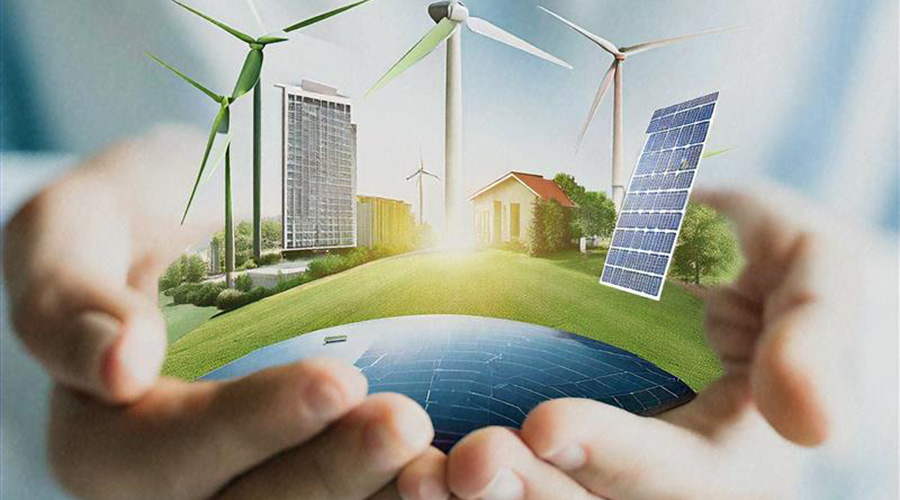Low- Or No-Cost Energy Measures Can Help Win Funds For Large HVAC Upgrades
September 10, 2014
When top management relies solely on simple payback based on energy savings, it can be difficult to justify HVAC and other projects involving very large capital investments. There are several ways to try to overcome the limitations of that approach. One is to bundle projects, so that work with very quick payback periods helps to balance upgrades with much longer paybacks.
A key step in justifying many large HVAC and other capital upgrades is to bundle them with other work that has a quick payback. There are a wide range of quick win strategies to bundle in with more complex endeavors. Low-cost or no-cost projects can be implemented by facility managers in conjunction with standard operations and maintenance procedures. For example, the facility manager can ensure that the outside air dampers for the air handling units are operational during peak cooling and heating conditions. If the dampers are not functioning properly and remain fully open during the winter months, the result would be an increase in energy use. The HVAC system would be trying to maintain the heating set point based on a lower mixed air temperature, due to the increased amount of colder outdoor air added to the warmer return air. If the dampers are functioning properly, the temperature rise would be much less and require significantly less energy.
Revisiting the applicable ventilation air requirements is another easy way to save energy. If a space previously used as a lab or a classroom is now an office, the amount of required outdoor air changes, i.e., the damper set points, could be altered. Also, changes made in space use often do not include HVAC system rebalancing. A space is often repurposed without any modifications to the HVAC system.
This brief came from Andy Jones, mechanical engineer/project manager at RMF Engineering.
Next
Read next on FacilitiesNet







